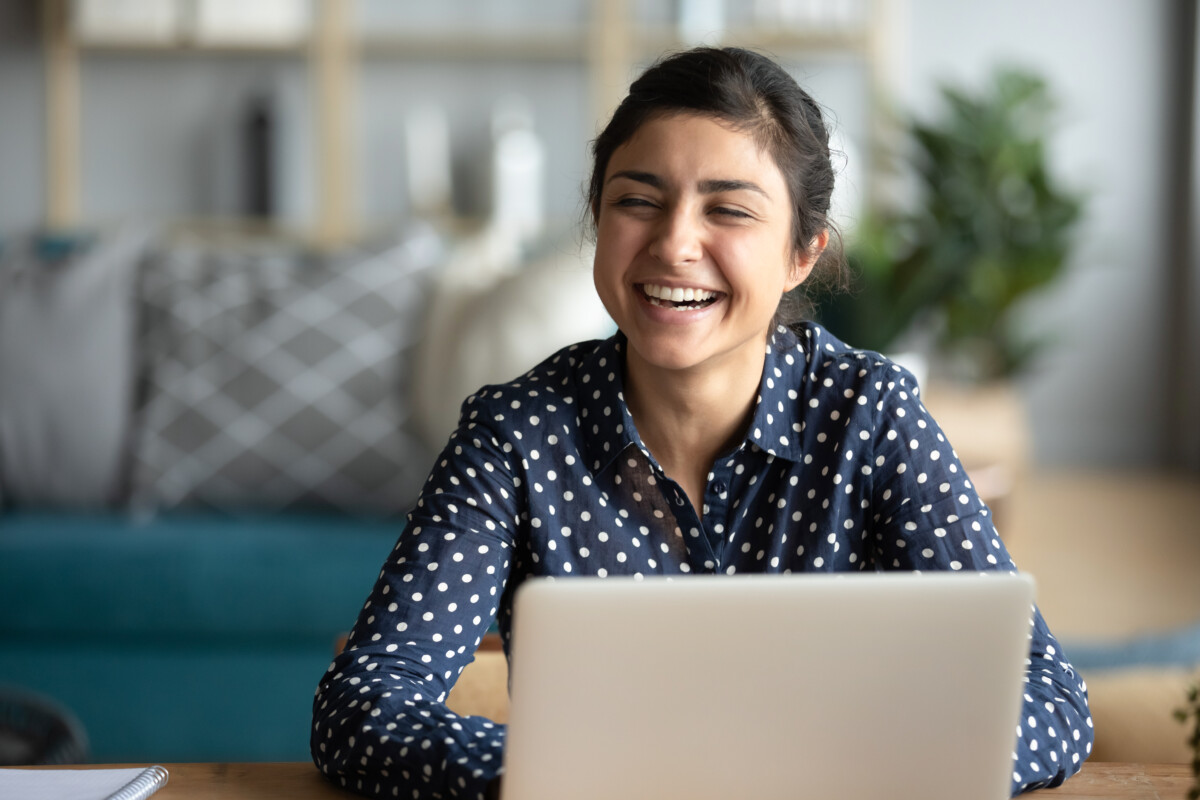Stress Management
Stress is an automatic response for our body to protect itself from threats. This “fight or flight” sympathetic response is beneficial if you are in a life-threatening situation or require a short-term force of motivation. But, if you experience stress over a prolonged period of time, it could become chronic. Chronic stress can have serious consequences for your brain, body, and mind. In this article you will learn relaxation techniques to help you manage stress.
